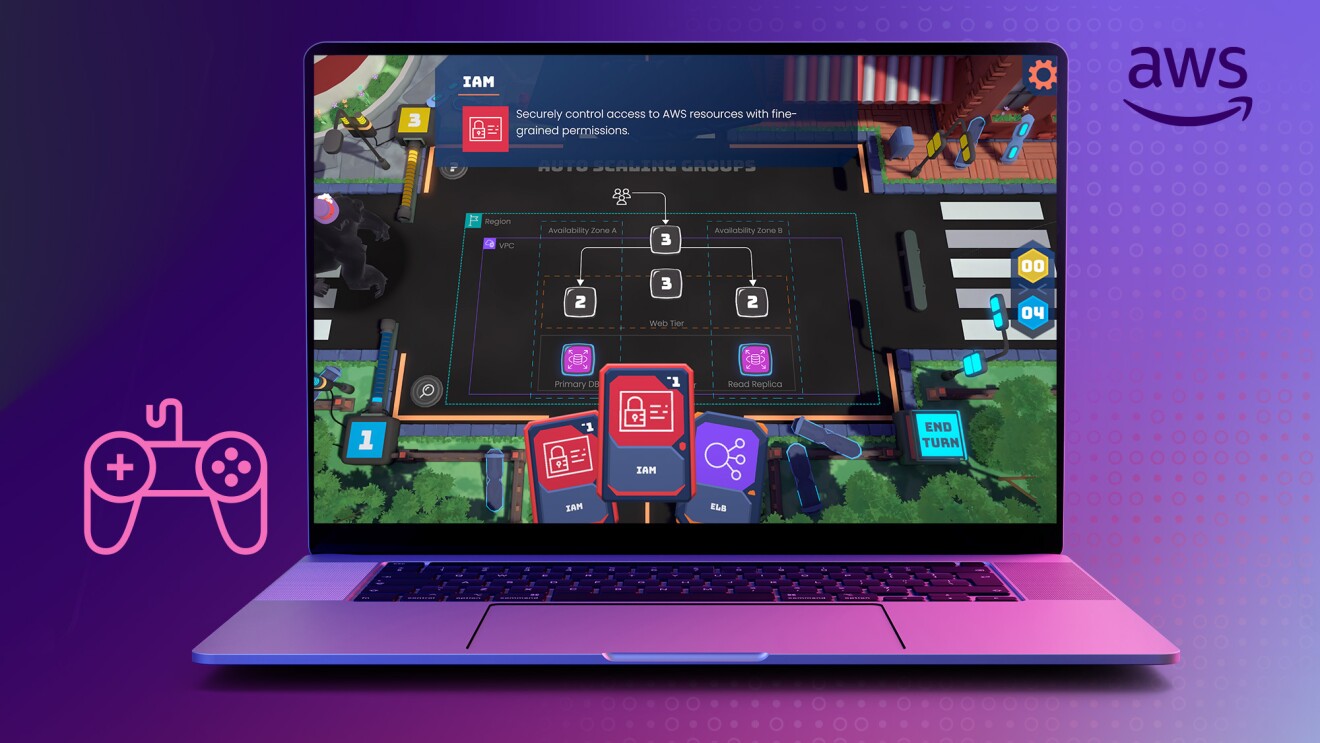Over the last year, a 40-year-old construction materials company located on the border of Washington and Oregon—American Rock Products (ARP), a CRH Company—has been working with Amazon Web Services (AWS) to develop a new, more sustainable concrete mix that will lower the carbon footprint of new data centers as well as drive broader innovation to help make construction materials more sustainable.
Concrete’s affordability and resiliency are some of the primary reasons our economy has relied on it to build our roads, bridges, and buildings for decades. Its popularity has only increased over time, leading it to be one of the world’s most consumed materials according to Massachusetts Institute of Technology (MIT)—second only to water.
AWS has implemented multiple initiatives to reduce the carbon impact of the concrete used to build our data centers, with the ambition of helping to accelerate the availability of lower-carbon concrete across industries. For example, AWS’s design standards for new U.S. data centers now require the use of low-carbon concrete, which has at least 20% less embodied carbon, a requirement we are expanding globally.
How American Rock Products works with AWS
The AWS Construction and Procurement team identified the lack of sustainable concrete options for AWS data center buildings in the southeastern Washington area along the Oregon border. Concrete supply tends to be a regional issue, as transporting material with this mass across long distances is highly inefficient.
This led AWS and a team at ARP to conduct an extensive, year-long data collection process of the concrete company's supply chain—from mining the materials to transporting the finished product.
“Working with American Rock Products on this project is one important way we are working to fulfill our commitment to sustainability. Plus, we believe this project will increase awareness of lower carbon concrete in the market, opening up new opportunities to build infrastructure more sustainably.”
Yash Issur
Head of AWS portfolio procurement and risksARP started by gathering and reviewing information on the environmental impact of their concrete life cycle from raw material supply, manufacturing of concrete, and transportation. The Columbia Basin-based company headquartered in Pasco, Washington, then consulted with life cycle assessment consultants to convert the data to Environmental Product Declarations (EPD), which summarize environmental impacts across the concrete’s life cycle. This data leads to identifying where the carbon hot spots are—or where there is an unusually intense concentration of greenhouse gas (carbon) emissions—in the material, to know where to remove the most carbon.
Mike McBreen, vice president of ARP, reflected on the collaboration with AWS: “We are very appreciative of the continued collaboration around sustainability with the AWS team. The work is by no means complete, as regular meetings with AWS procurement and engineering are ongoing to continue to identify opportunities for further reductions in carbon emissions in the concrete we supply for future data centers.”

The efforts of the ARP and AWS teams led to the development of more sustainable concrete mixes for several new data centers in northeastern Oregon, which resulted in lowering the carbon footprint of the concrete mixes used for data center construction by up to 23%—or about 600 metric tons of carbon dioxide equivalent. ARP took the ambitious step to complete EPDs on all products at its plants, ensuring that every commercial, residential, and municipal building project has access to critical carbon emissions data. This quantitative data will guide mix selection and subsequently lower embodied carbon in supplied concrete throughout the community, helping to drive sustainable development in the Oregon cities of Boardman, Hermiston, and Umatilla, and the Tri-Cities, Washington, areas.
"At AWS, we are committed to building a sustainable business for our customers and the planet,” said Yash Issur, head of AWS portfolio procurement and risks. “Working with American Rock Products on this project is one important way we are working to fulfill our commitment to sustainability. Plus, we believe this project will increase awareness of lower carbon concrete in the market, opening up new opportunities to build infrastructure more sustainably.”
The AWS data center procurement and construction team will continue to work with the ARP team to further reduce the carbon impact of concrete used to build future AWS data centers.
Our commitment to meet net-zero carbon by 2040
Another way Amazon is working to reduce the carbon footprint of its buildings is with CarbonCure, which injects recycled carbon dioxide into concrete during production. In addition to its use for several data centers, Amazon is incorporating CarbonCure into the construction of the company’s second headquarters (HQ2), in Arlington, Virginia, which is expected to save more than 1,144 metric tons of carbon by the completion of the project.
Finding new, innovative solutions to improve the sustainability of AWS’s data centers is another way AWS is working to fulfill Amazon’s companywide goal to meet net-zero carbon by 2040—10 years ahead of the Paris Agreement. This was a commitment made when Amazon co-founded The Climate Pledge in 2019. Today, The Climate Pledge has over 375 signatories across 34 countries. Pledge signatories in total generate over $3.5 trillion in global annual revenues and have more than 8 million employees across 53 industries.










